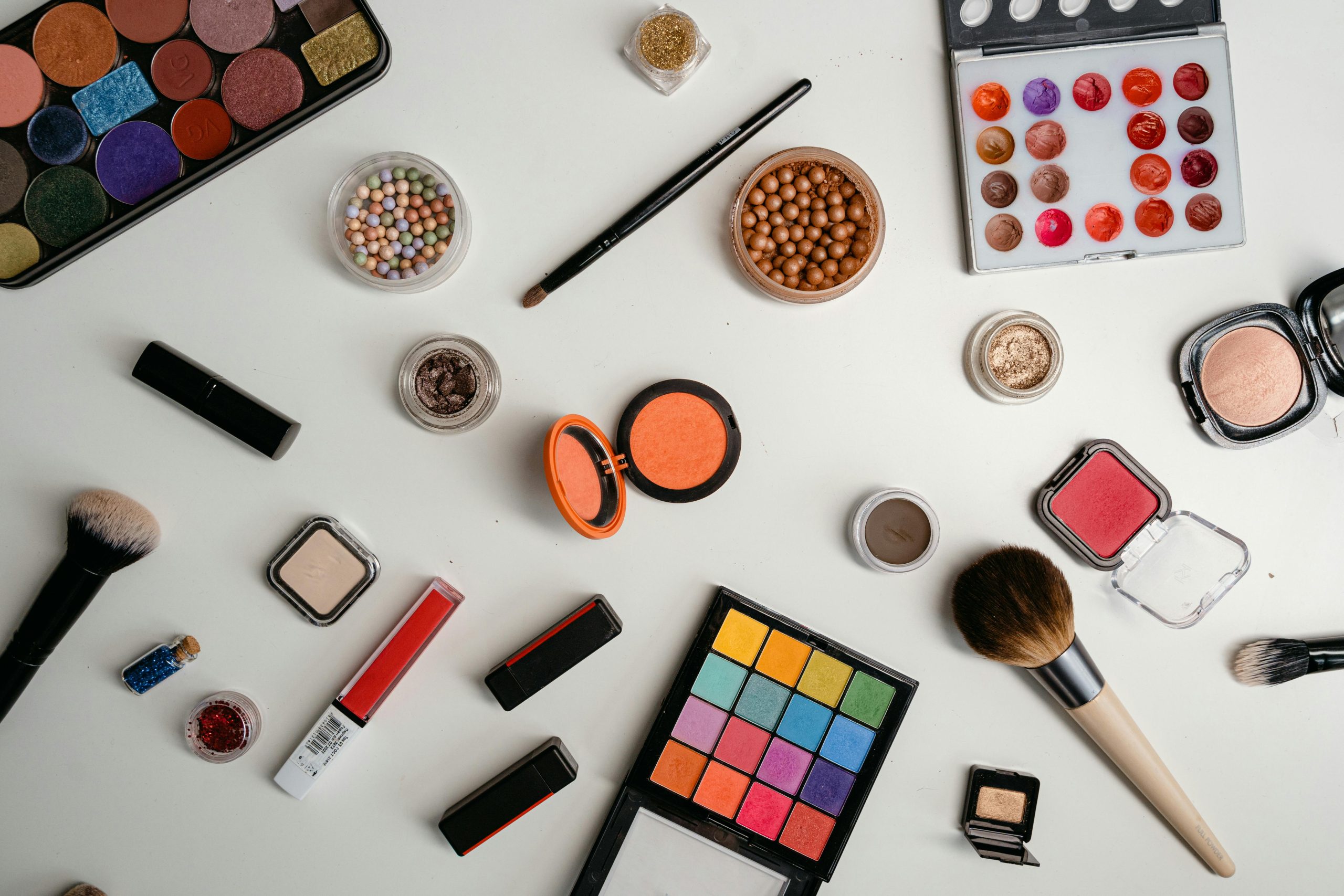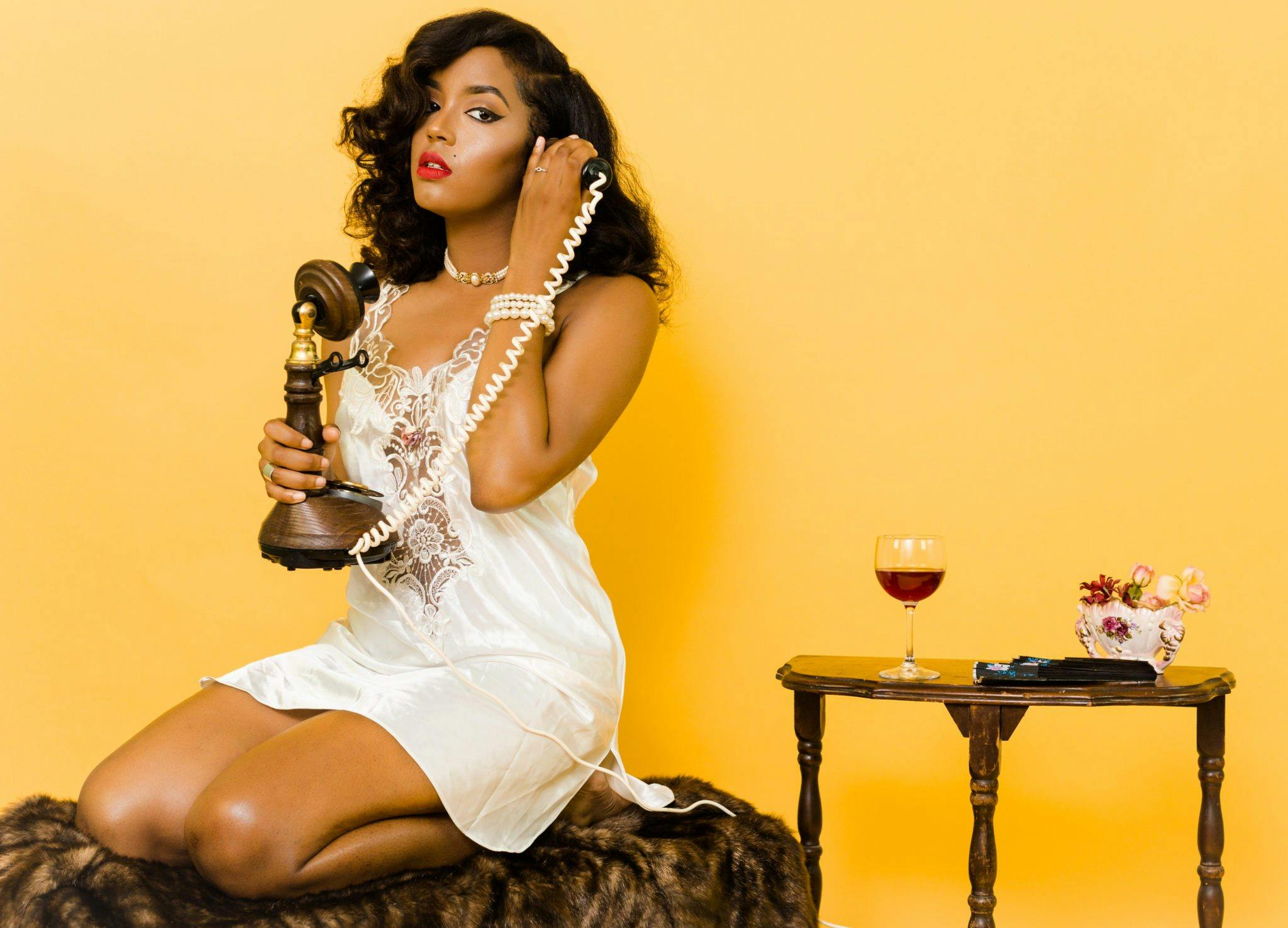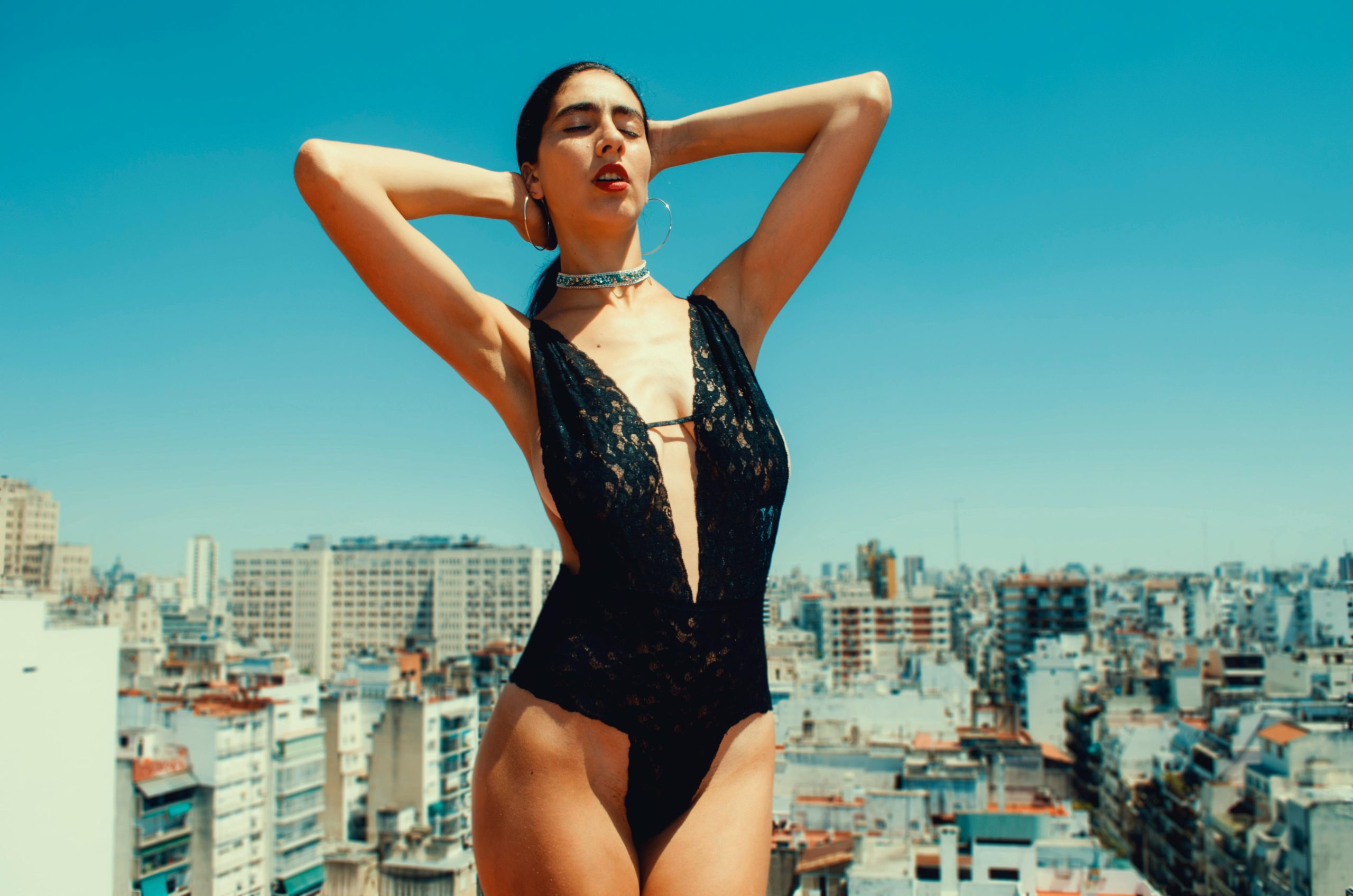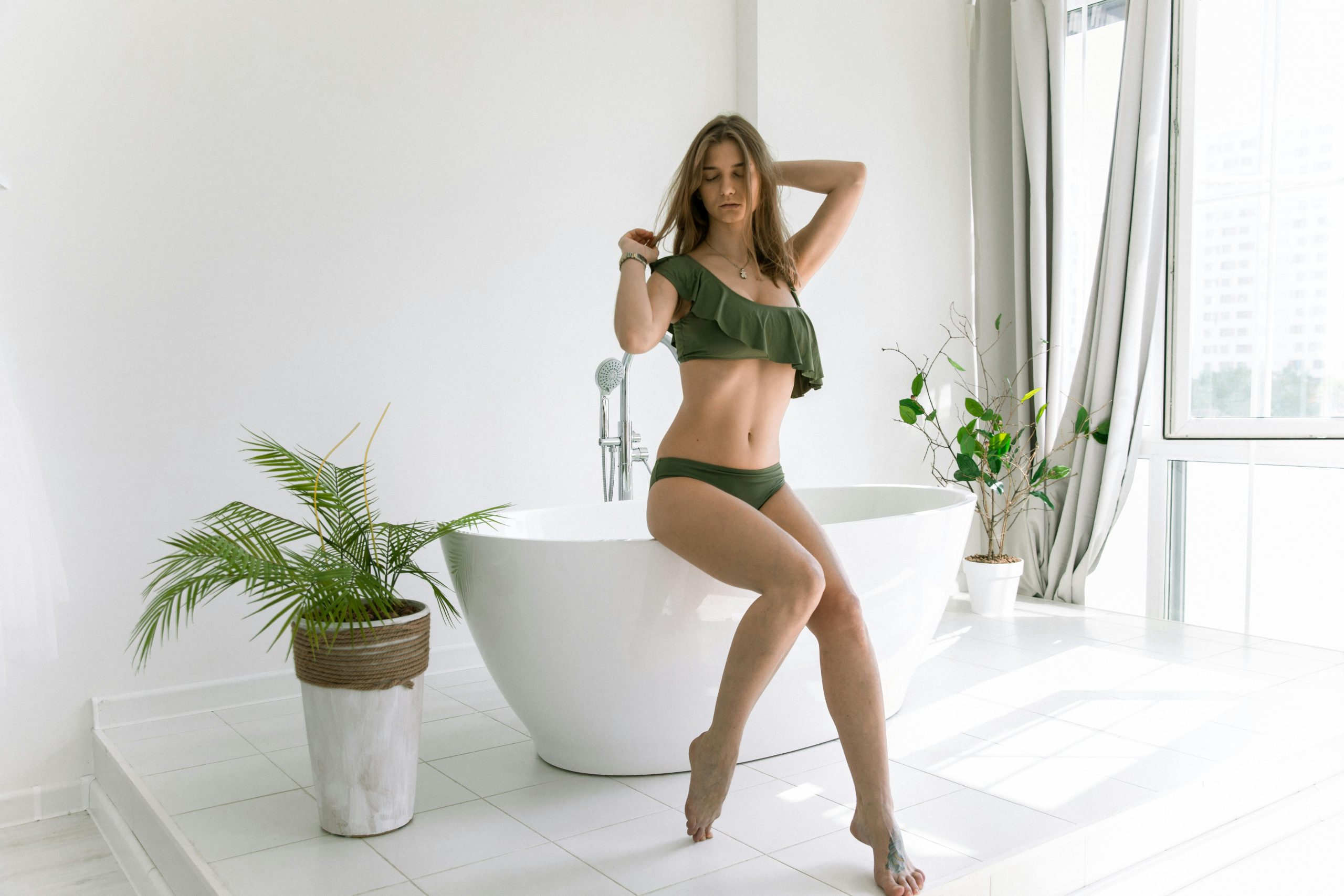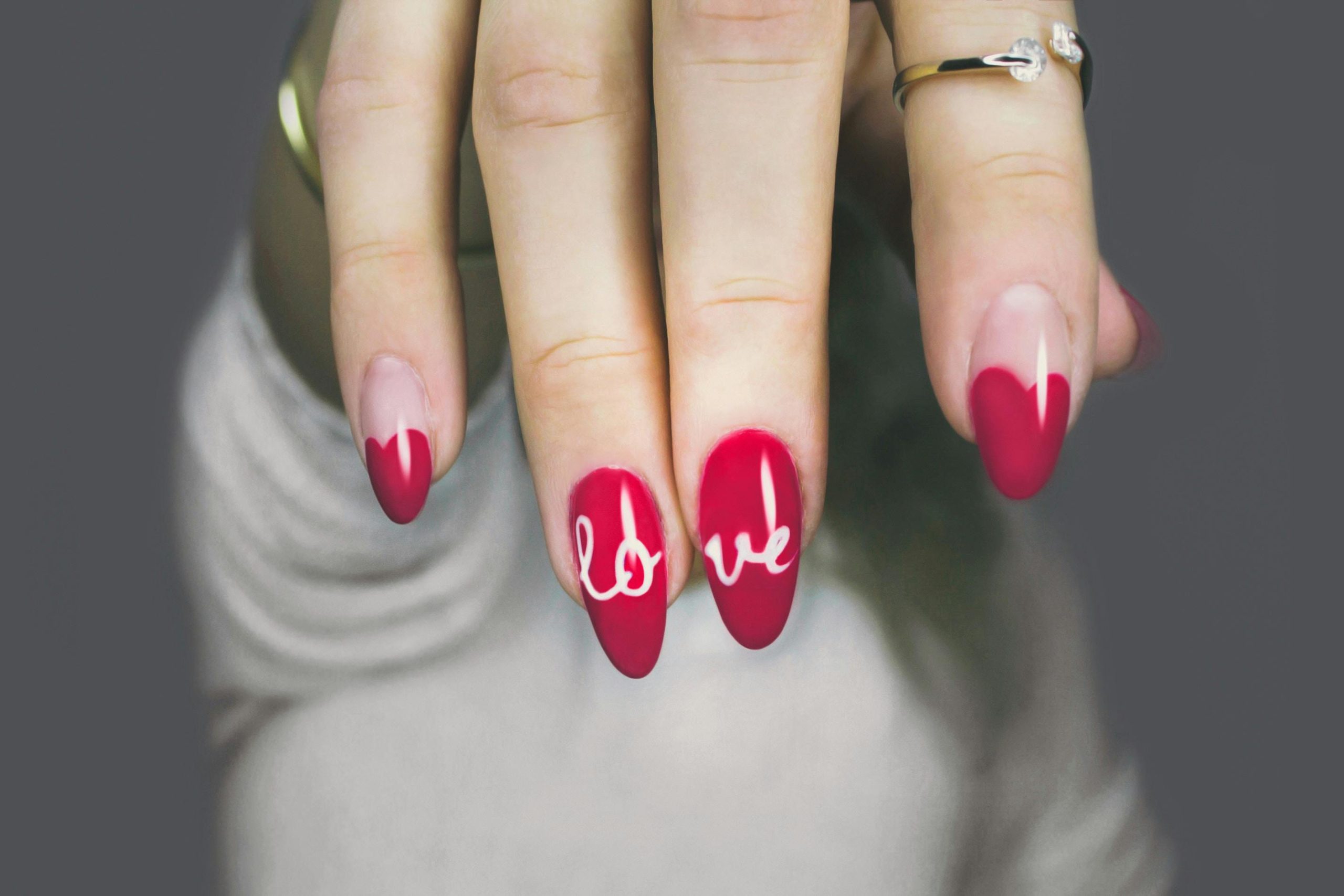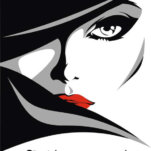Kajal vs kohl vs. eye pencil: What’s the difference, and which one’s right for you?
I get this a lot, and maybe you’ve wondered about it too: Is there a difference between kajal, kohl, and eye pencils? Is it all just a matter of semantics, or does one truly outshine the others?
Absolutely not! They are distinct from each other in several ways. Now, as to which one takes the crown? Well, that’s a layered story.
So, let’s dive in as we unveil the differences and help you pick the best one for your eyes.
Kajal: From Traditions to Trends
Oh, the tales kajal whispers about ancient times! Pronounced as ‘kaa-jal,’ this soot-based staple traces its origins to the Indian subcontinent, ancient Egypt, and parts of Africa from as early as 4000 BCE.
And in every culture, it wasn’t merely cosmetic but deeply intertwined with medicinal and spiritual practices.
For instance, in ancient India, both men and women applied kajal to cool the eyes, guard against the glaring sun, and even keep nasty infections at bay.
Till today, mothers in India gently place a dot of kajal behind the tiny ears or on the soft foreheads of their children as a protective charm against the mysterious “evil eye” or “buri nazar” — a malevolent gaze that could bring misfortune.
So, the next time you trace that dark, lustrous line along your eyelids, remember — you’re partaking in a tradition that’s as nurturing as it is beautifying.
The Science Behind the Soot
Traditionally, people made kajal at home by burning lamps filled with mustard oil, castor oil, or ghee (clarified butter). They placed a silver plate above the flame to catch the soot.
As the lamp burned, a black carbon-rich residue formed on the plate.
This soot was then collected and blended with ghee or castor oil, and occasionally a bit of camphor, to make it smooth and give it a cooling effect.
Modern Kajal: Evolution and Innovations
Fast forward to the glitz and glamour of the modern world. The beauty cosmos embraced kajal, transforming it from a household gem to a global language. It’s been a sight to behold, watching kajal take the international stage as beauty lovers from every corner of the world make it their own.
What’s even more exciting? Modern formulations blend tradition and innovation to ensure the product is safe for the sensitive eye area and often enriched with vitamins and oils to provide additional benefits.
So, the next time you feel the velvety touch of kajal on your eyelids, remember the stories, the history, and the love it carries. Embrace its legacy and make it your own!
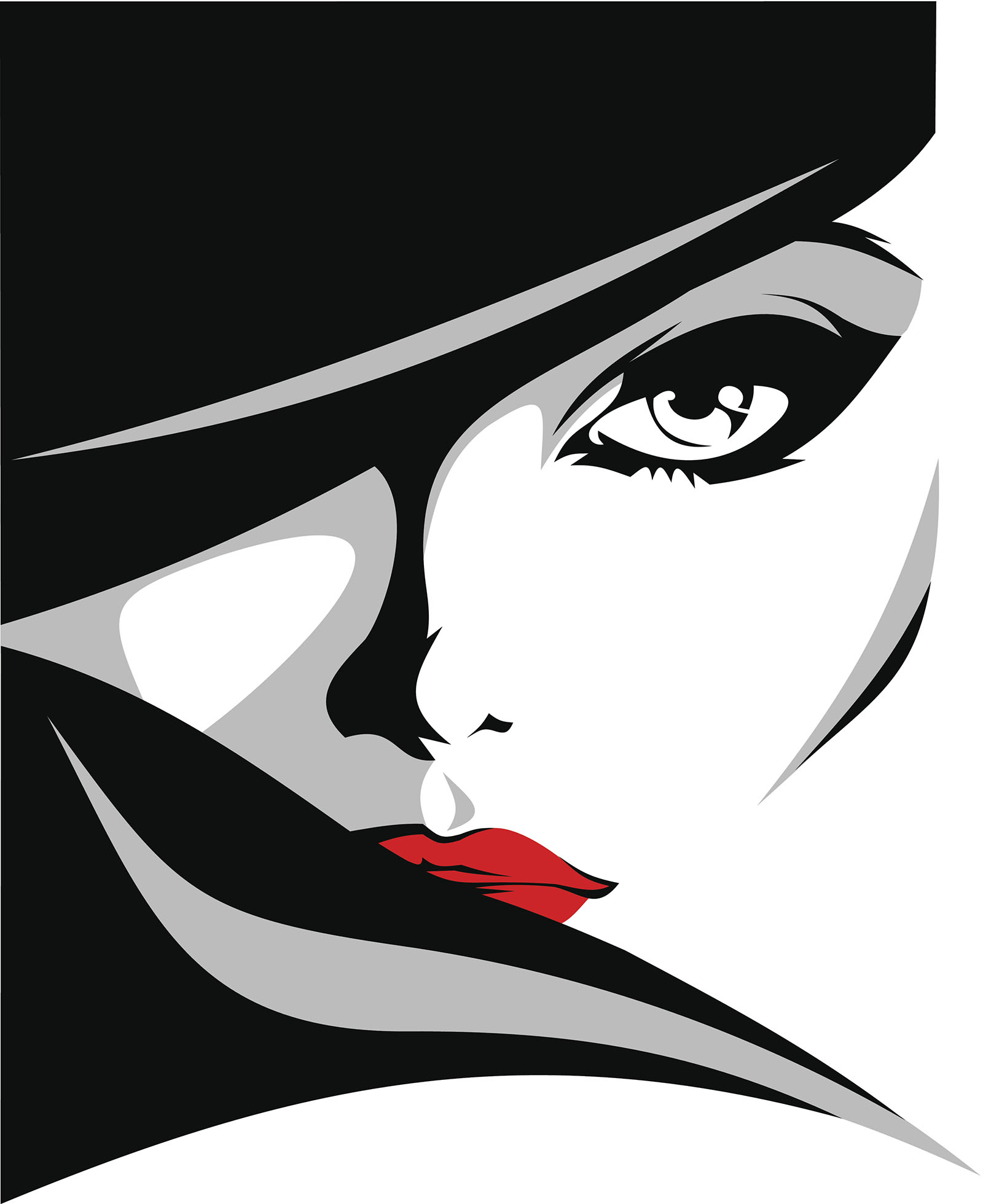
Kohl: The Ancient Eye Elixir
Venture slightly to the west, and you’ll discover kohl, an eye makeup with ancient origins. Its story starts in ancient Egypt, where it was more than just a cosmetic addition.
From pharaohs and queens to everyday Egyptians, both genders adorned their eyes with this dark substance, trusting in its protective qualities.
Cleopatra and her signature lined eyes often come to mind when thinking of kohl. But there’s so much more to its history than iconic images.
Much like kajal, kohl wasn’t solely for beauty. It had practical uses for Egyptians — the bold lines helped combat the intense sun’s glare and shielded eyes from desert sand-induced infections.
On a spiritual level, kohl was more than just makeup. It was believed to fend off evil and foster a divine connection. The dramatic eye designs on depictions of deities weren’t mere artistic choices; they symbolized a protective, sacred gaze.
The Craft Behind the Creation
Delving into the ancient art of kohl-making reveals an enchanting process. The primary ingredient was a mineral called galena or lead sulfide (don’t worry—many modern versions are made without it). After grinding it into a fine powder, artisans would mix it with additives like almonds, soot, or herbs to achieve the desired consistency and medicinal properties.
However, a word of caution: the past isn’t always golden. Despite kohl’s storied history, traditional formulas often contained lead, a toxic element. Even if a single kohl application might have a small amount of lead, regular use could accumulate harmful levels in our bodies.
Considering these potentially harmful effects, many countries have implemented stringent rules about lead in cosmetics. For instance, the U.S. Food and Drug Administration (FDA) doesn’t approve of kohl containing lead. Trading or importing such products can even be against the law.
If the allure of kohl calls out to you, choose wisely! Many lead-free alternatives in today’s market let you accentuate your eyes safely. Embrace the beauty, but always prioritize your well-being!
Kohl in Modern Times
Today, user-friendly kohl pencils and sticks, often paired with applicators, are must-haves in beauty collections. While we’ve retained the essence of ancient formulations, modern kohl products prioritize safety for everyday use.
Moreover, many of today’s kohl items are infused with organic ingredients like herbs and oils to pamper the eyes. This ensures that the age-old practice of blending beauty with health remains alive.
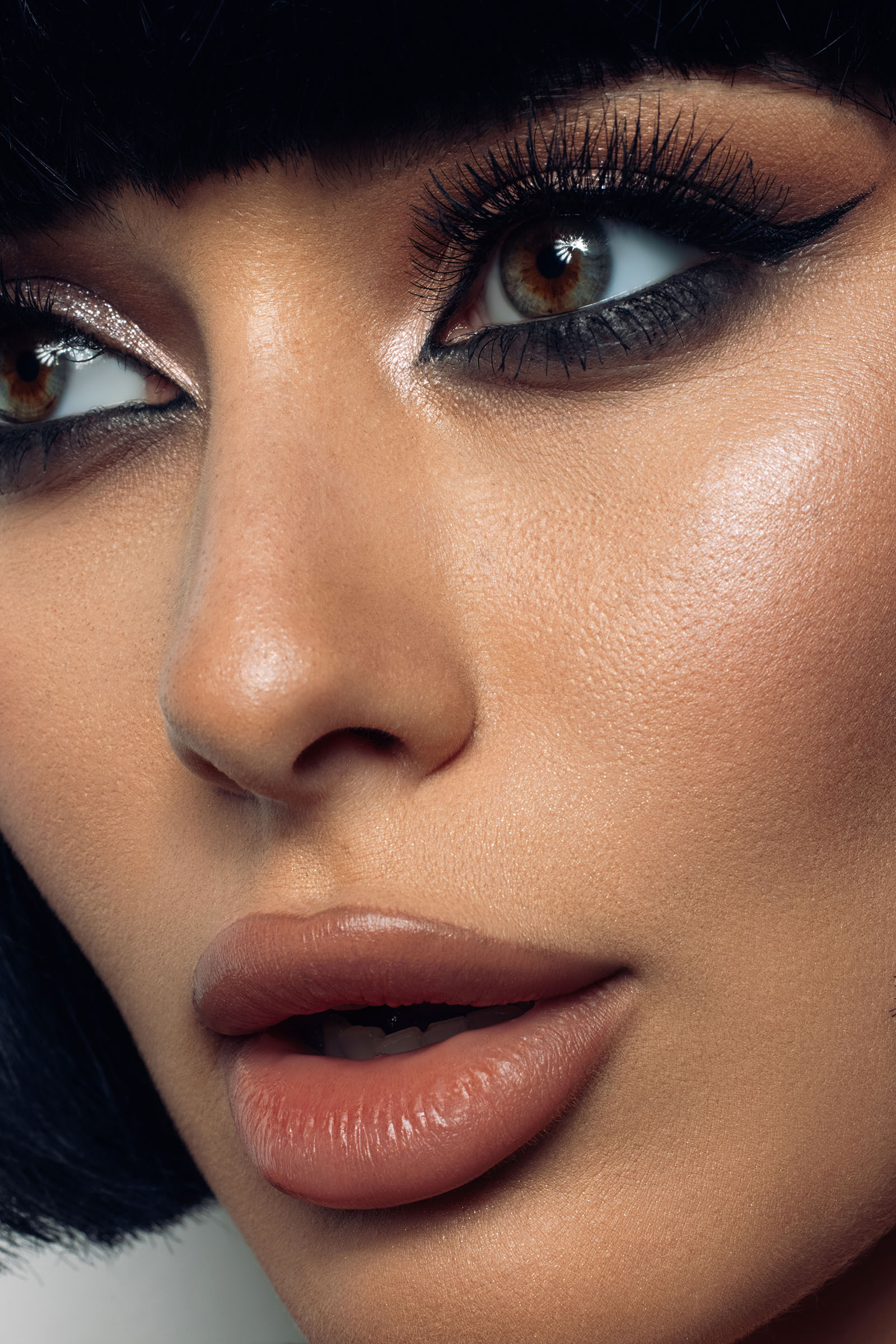
Eye Pencils: The Modern Muse
Eugène Rimmel, a German cosmetics entrepreneur, is often hailed as the inventor of the modern eyeliner pencil in the late 19th century. Drawing inspiration from writing tools, he designed a compact eyeliner that could produce sharp, defined lines.
This was a game-changer, as before Rimmel’s innovation, the beauty world primarily relied on messier and less precise methods like powders and creams for eye definition.
Today’s eye pencils are crafted from waxes, powders, and pigments to accentuate the eyes. While the early iterations mainly offered shades of black and brown, the evolution of beauty and fashion trends has also expanded the eye pencil’s color range.
Now, makeup aficionados have a vast palette of various colors, be it a fiery red, a serene blue, a gleaming gold, or even a vibrant neon.
Then you have everything from liquid eyeliner to gel eyeliner and those with a creamy texture for blending to a precision tip for the perfect cat eyes.
And there is a matte finish, silky finish, satin finish… so, there are different types of eyeliner for literally everything. This variety enables you to tailor your eyeliner choice to fit their mood, attire, or season.
What About Eye Pencils That Bill Themselves as a “Kohl Pencil,” “Kohl Eyeliner,” “Kajal Eyeliner,” or “Kajal Pencil”?
It’s rare to find a genuine kohl or kajal liner on today’s market made from traditional soot or offering benefits beyond mere cosmetics.
Most modern products merely replicate the ancient formulation’s easily smudged texture and intense black color, while others prioritize non-irritating ingredients suitable for the inner eyelid lining. However, they don’t offer the medical benefits of kohl, such as warding off eye infections or keeping the eyes cool.
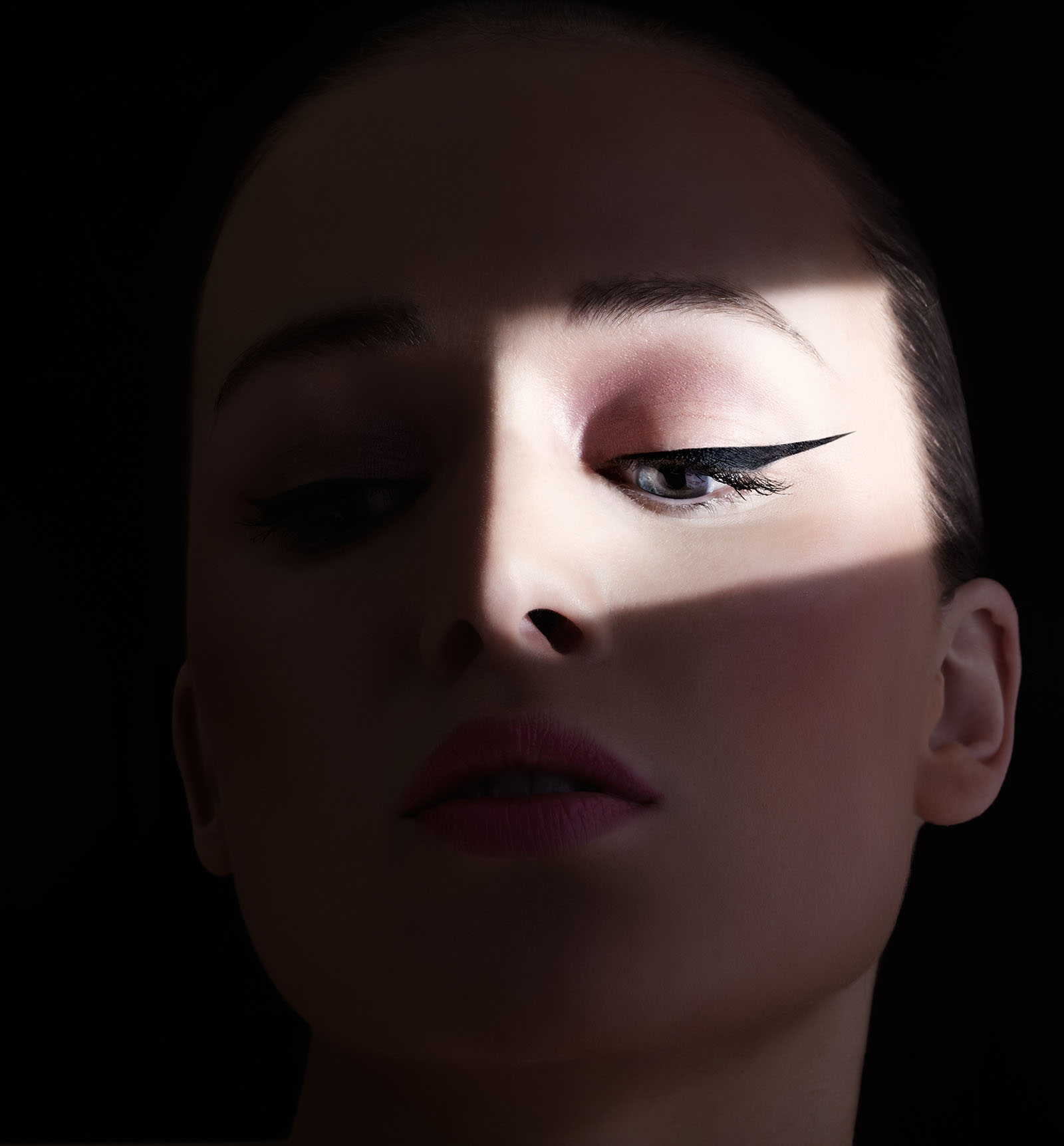
Kajal vs. Kohl vs. Eye Pencil: Which Should You Choose?
While kajal, kohl, and eye pencils have their own charms, your choice should reflect your style, needs, and comfort. Beauty, after all, is deeply personal.
So, whether you’re a kajal kind of gal, a kohl connoisseur, or an eye pencil enthusiast, wear your choice confidently and let your eyes do the talking!
Understanding the Essence
Kajal: Traditionally a blend of soot and oils, kajal offers a rich, smudgy look. It’s not just an aesthetic tool but also carries cultural and medicinal significance in many regions. Best suited for those who love smoldering, smokey eyes or a deeply defined lower lash line.
Kohl: With roots in ancient Egypt and other desert regions, kohl provides protective and aesthetic benefits. Typically found in powdered form, it’s perfect for those who link their beauty regimen with the romance of history. In practical terms, it is particularly great for the lower waterline or a smoky eye.
Eye pencil: The modern marvel of precision, eye pencils are versatile tools suitable for various looks, from sharp wings to understated definition. With multiple colors and formulations, they cater to every whim and fantasy of the contemporary makeup enthusiast.
When and Where? Deciding Based on Occasion
Daily Wear: If you like a natural look for daily wear, a brown or gray eye pencil might be your best bet. It provides a subtle definition without being too dramatic.
Traditional events: Kajal could be a good option when dressing up for cultural or traditional events. Its deep, intense color complements ethnic wear and offers an authentic touch.
Vintage or themed looks: Channeling Cleopatra or going for a historic look? Kohl will transport your eyes back in time, giving them a genuine antique finish.
Artistic or trendy looks: Eye pencils, especially in varied shades, are fantastic for experimenting in different ways. Whether trying a pop of color or intricate eye art, they offer the precision and variety you need.
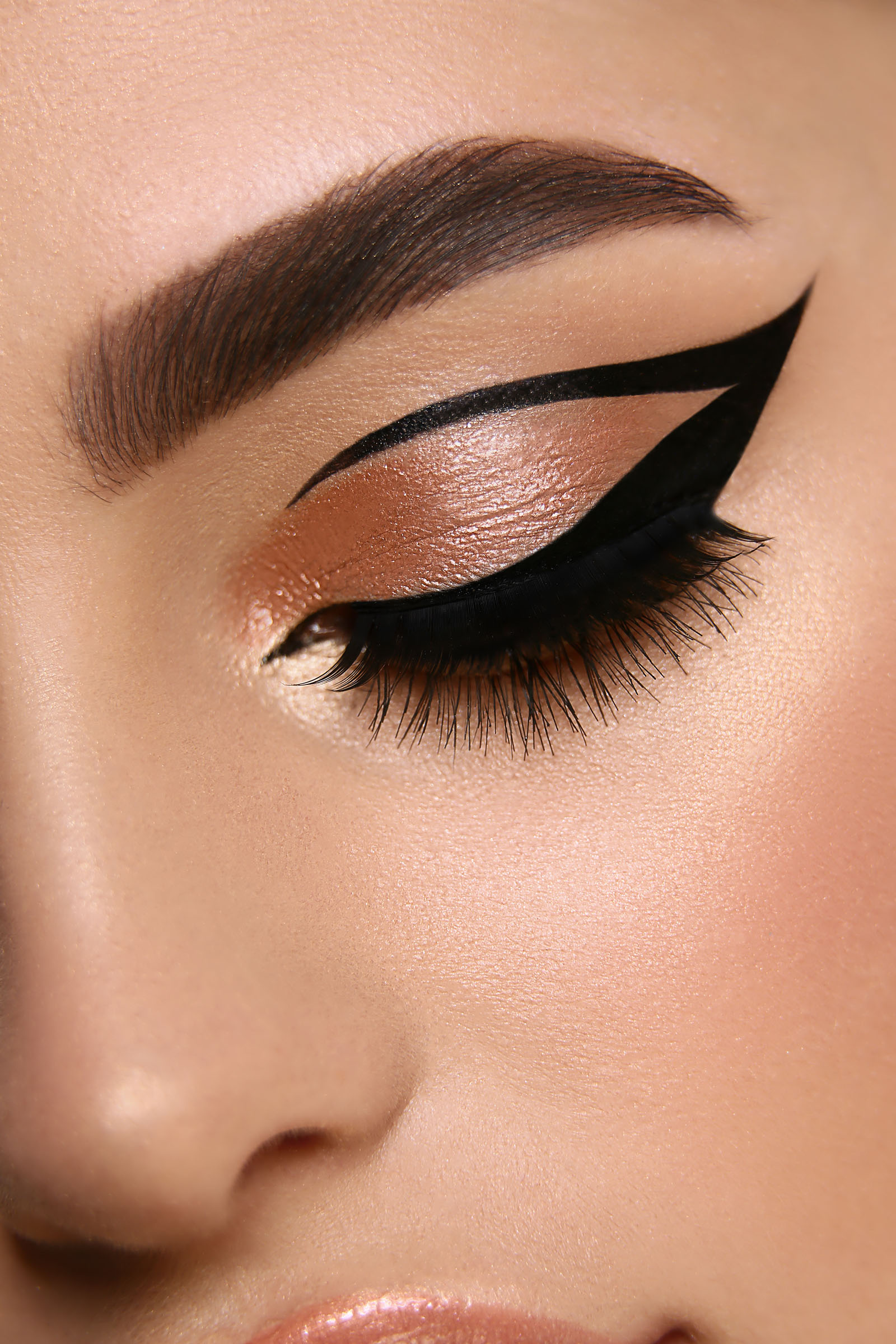
Considering Skin Type and Sensitivity
Sensitive eyes: Eye pencils are ideal, especially those formulated for sensitive eyes or contact lens wearers. Many brands offer hypoallergenic variants.
Oily lids: A waterproof and smudge-proof eye pencil might be your savior if you’re battling smudges due to an oily upper eyelid.
Dry skin: Kajal, with its inherent moisturizing properties, can be soothing for those with dry skin around the eyes.
Ease of Application
Beginners: Eye pencils, particularly retractable ones, are beginner-friendly and are the best options for easy application. They offer excellent control and are forgiving of shaky hands or minor errors.
Traditionalists: If you’ve grown up watching your elders apply kajal or kohl and have learned the technique, sticking to these might be more comfortable and nostalgic.
Adventurous souls: If you love experimenting and have a steady hand, alternating between all three based on your mood and the occasion can be exhilarating!
Me? What do I wear the most often?
I love all three — using the myriad-hued eye pencils when I am short of time and need to dress up my eyes in a hurry or am going for a complicated look; switching to the enchanting pots of kohl when I am in the mood to look and feel more exotic, am going to be out in the sun for long hours or have had a string of long nights and need something to cool and refresh my eyes.
And yes, when I want to keep evil people at bay!
My favorite recipe is a traditional Kashmiri formulation that I came across in Sharada Dwivedi & Shalini Devi Holkar’s Almond Eyes, Lotus Feet. It sounds complicated, but it is not so tough once you get the hang of it — and it makes the eyes pop.
As a kid, I remember going this route during Diwali, when we used to make and stock up on a year’s supply of kajal once the rituals were done!
How To Make Homemade Kajal
- Make a thick wick from cotton wool and soak it in pure ghee (clarified butter).
- Fill a silver or earthenware diya (cup or lamp) with ghee, place the wick in the center and light it.
- A few minutes later, place a small silver plate, diya, or cup around half an inch over the flame (a pair of tongs is indispensable here), and let the soot from the flame collect on this surface.
- Once you have enough soot, carefully scrape it off the surface and transfer it into a small silver container.
- Add pharma-grade castor oil and mix well to the desired consistency.
PS: It’s always wise to do a patch test before fully applying any new cosmetic product, especially near sensitive areas like the eyes.
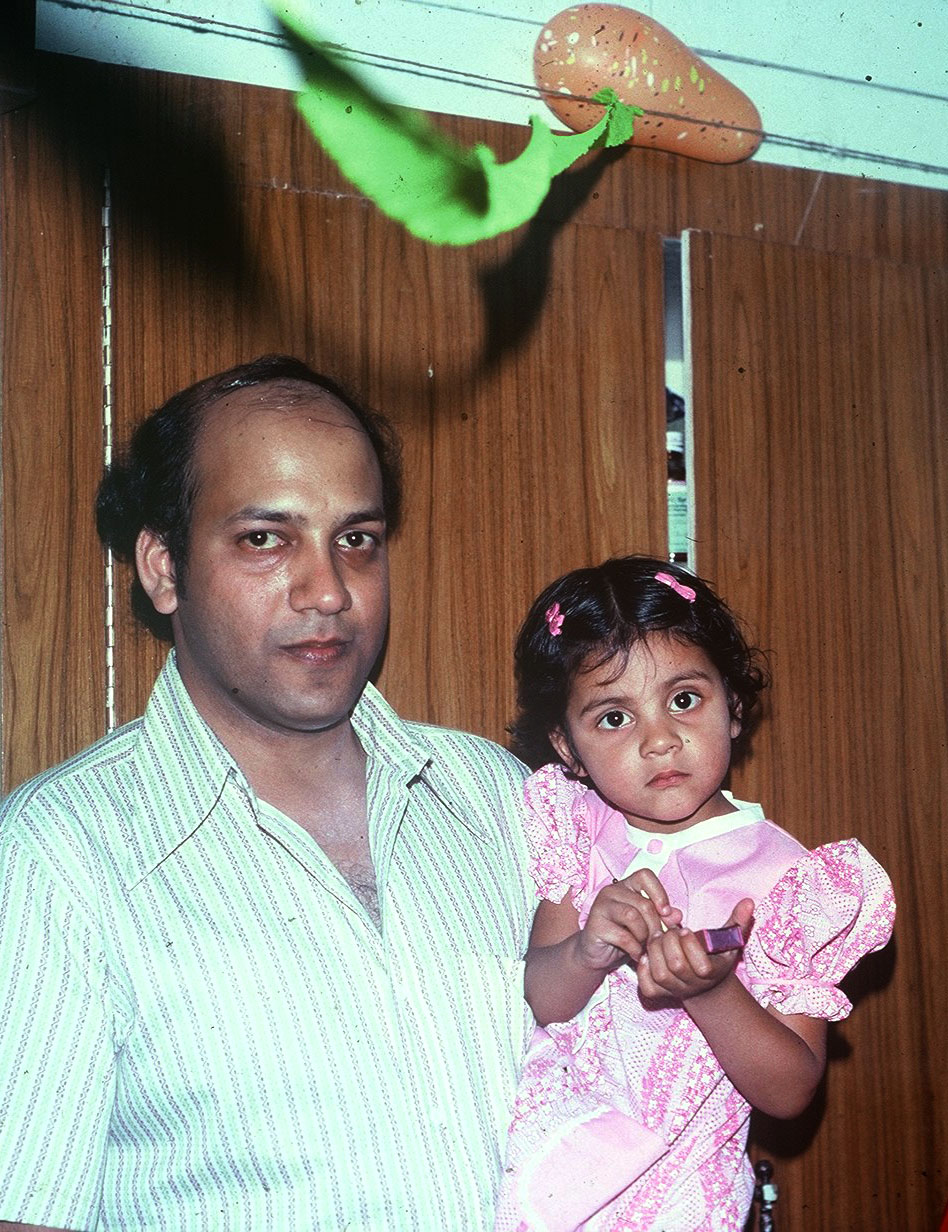
FAQs: Kajal vs kohl vs. pencil eye liner
These are the most frequently asked questions about the differences between kajal, kohl, and eye pencils. Have one of your own? Drop it in the comments below.
What is the primary difference between kajal, kohl, and eye pencils?
The main difference is that kajal is traditionally made from soot and oils; kohl has its roots in ancient desert cultures and is usually a powder; while eye pencils are modern tools offering precision and a variety of colors.
Is kohl the same as black eyeshadow?
While both give a dark appearance, kohl is traditionally a powder for lining the eyes. In contrast, eyeshadow is used on the upper lid.
Is a pencil eyeliner suitable for sensitive eyes?
Many brands offer hypoallergenic eye pencils specifically formulated for sensitive eyes. Always check the product details before purchasing.
Can I use kohl as eyeshadow?
Yes, many makeup artists use kohl as a base for eyeshadow or even smudge it out for a smoky look, as it blends very well. It also layers well with a gel formula or pencil liners to add a nice depth to your overall makeup look.
Which has a longer staying power: kajal, kohl, or eye pencil?
Modern eye pencils, especially waterproof variants, typically have the longest staying power. However, this can vary based on brands and individual skin types.
Is it easy to remove kajal?
Traditional kajal can be easily removed with a gentle makeup remover or natural oils like coconut oil.
Why does kohl have a cooling effect on the eyes?
Traditional kohl, made with natural ingredients, can have a cooling effect, especially if camphor is included in the mix.
Why is kajal usually black?
The soot used in traditional kajal production results in a deep black color. This intensifies the whites of your eyes and is also great for adding dimension for special occasions.
Can I use kajal, kohl, and eye pencil together in one look?
Absolutely! You can layer and combine them for a multidimensional look.
Why do some people wear kajal behind the ears or on the forehead?
It’s a cultural practice in some regions, believed to protect against the evil eye or malevolent intentions.
The post Kajal vs kohl vs. eye pencil: What’s the difference, and which one’s right for you? appeared first on The Beauty Gypsy.
